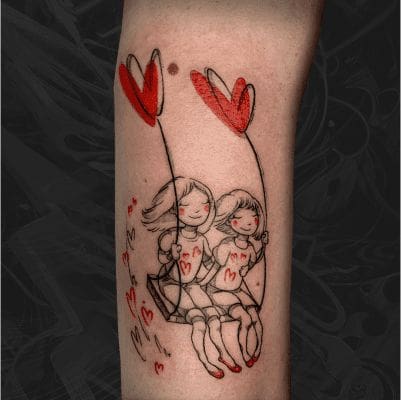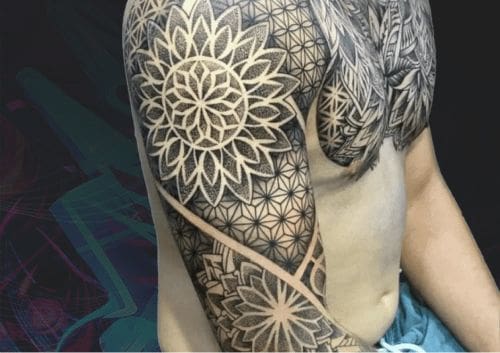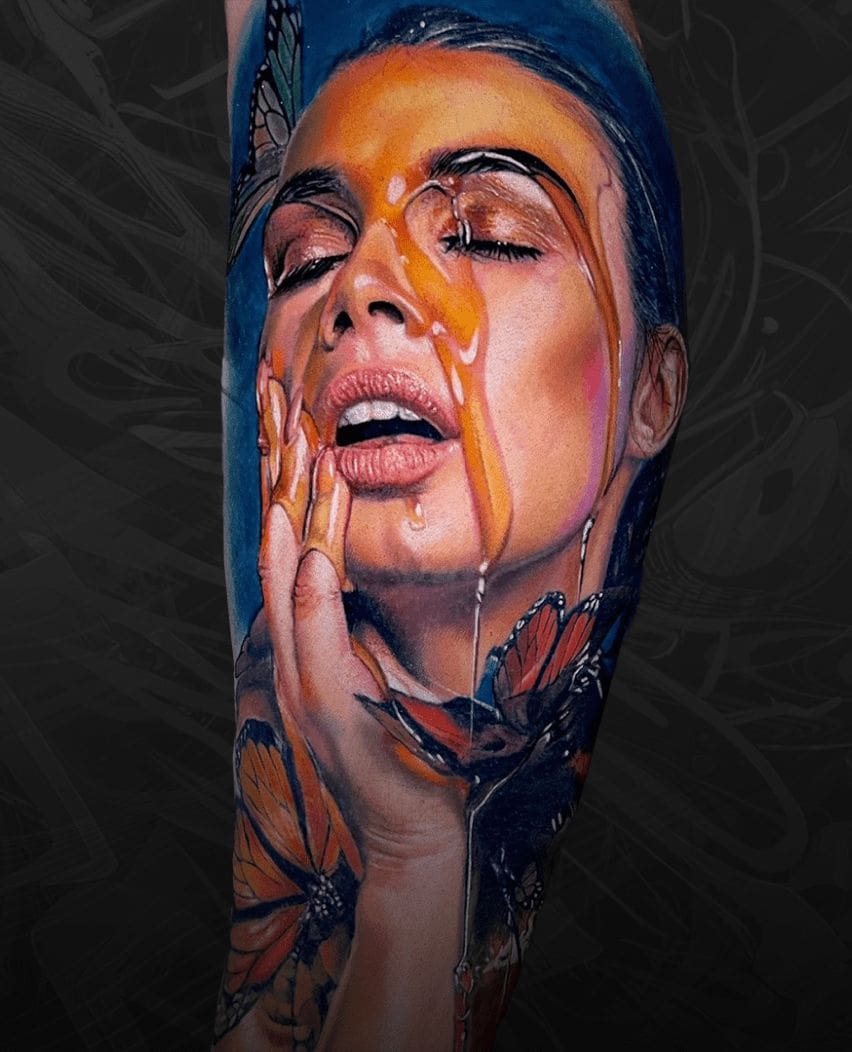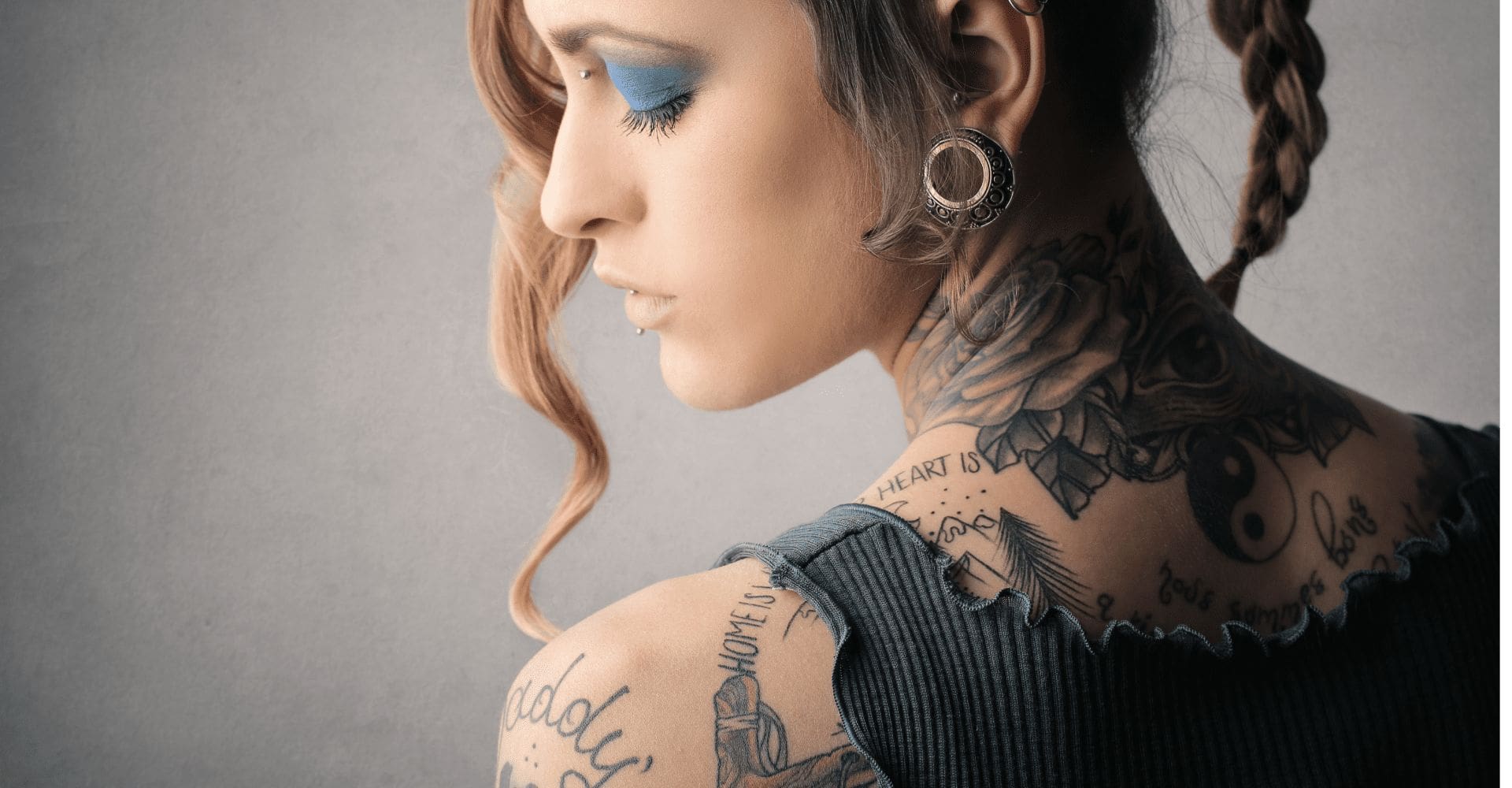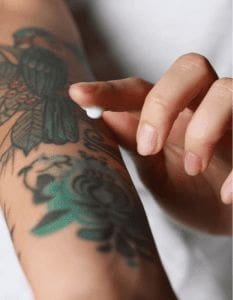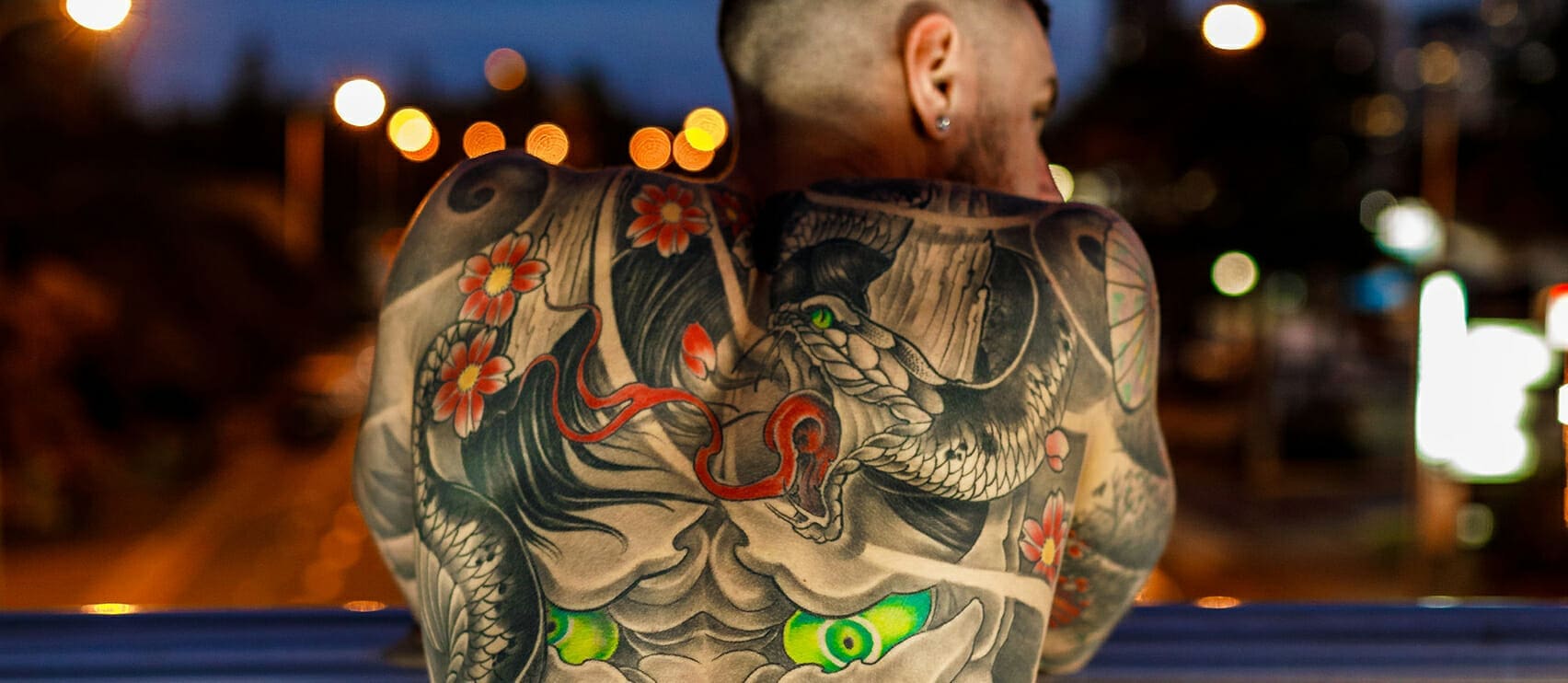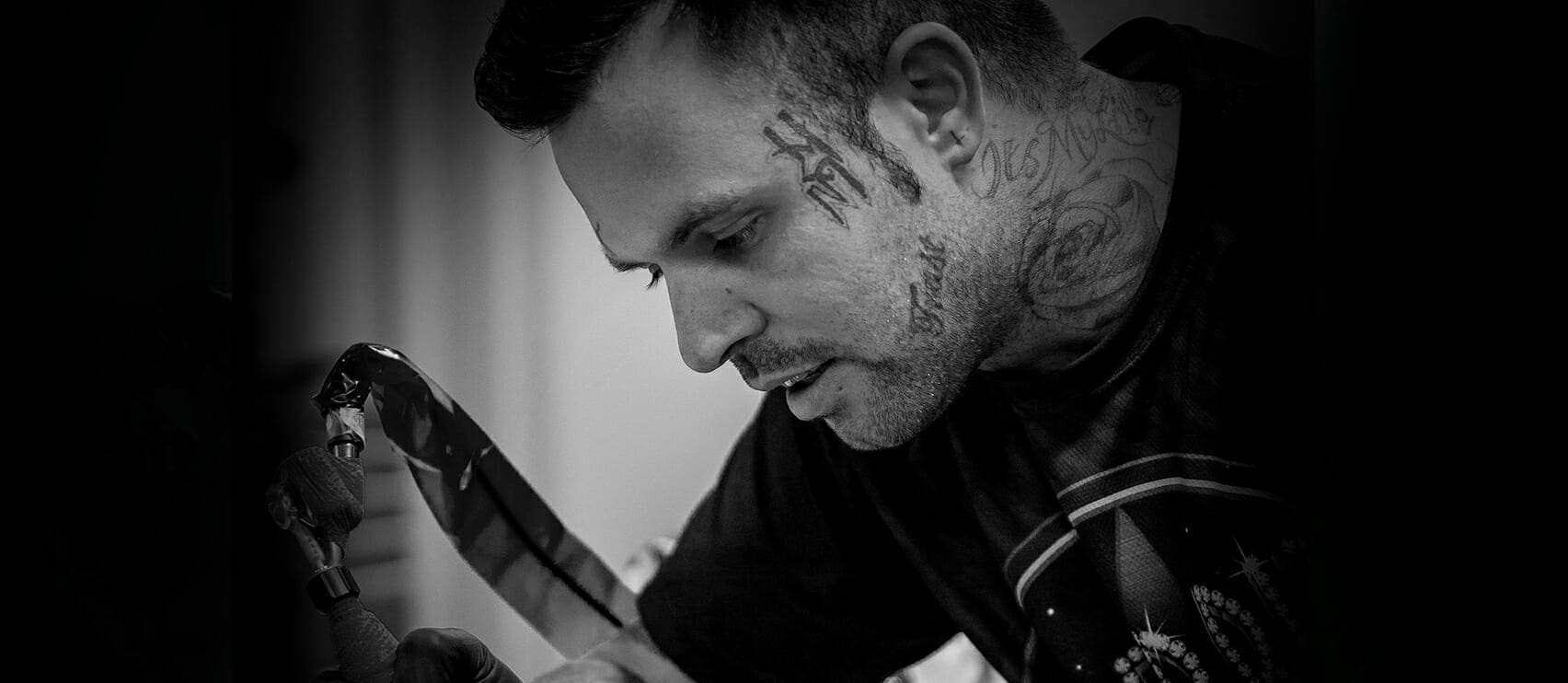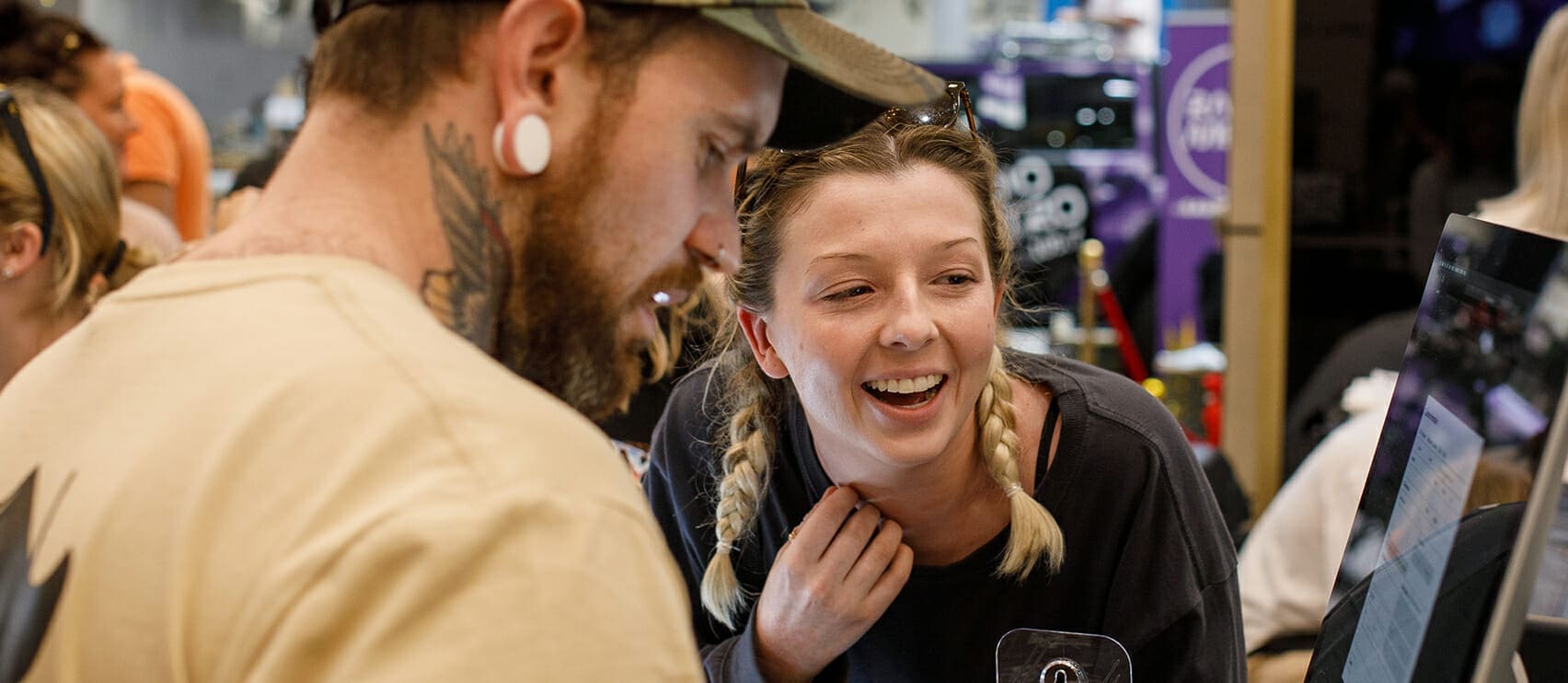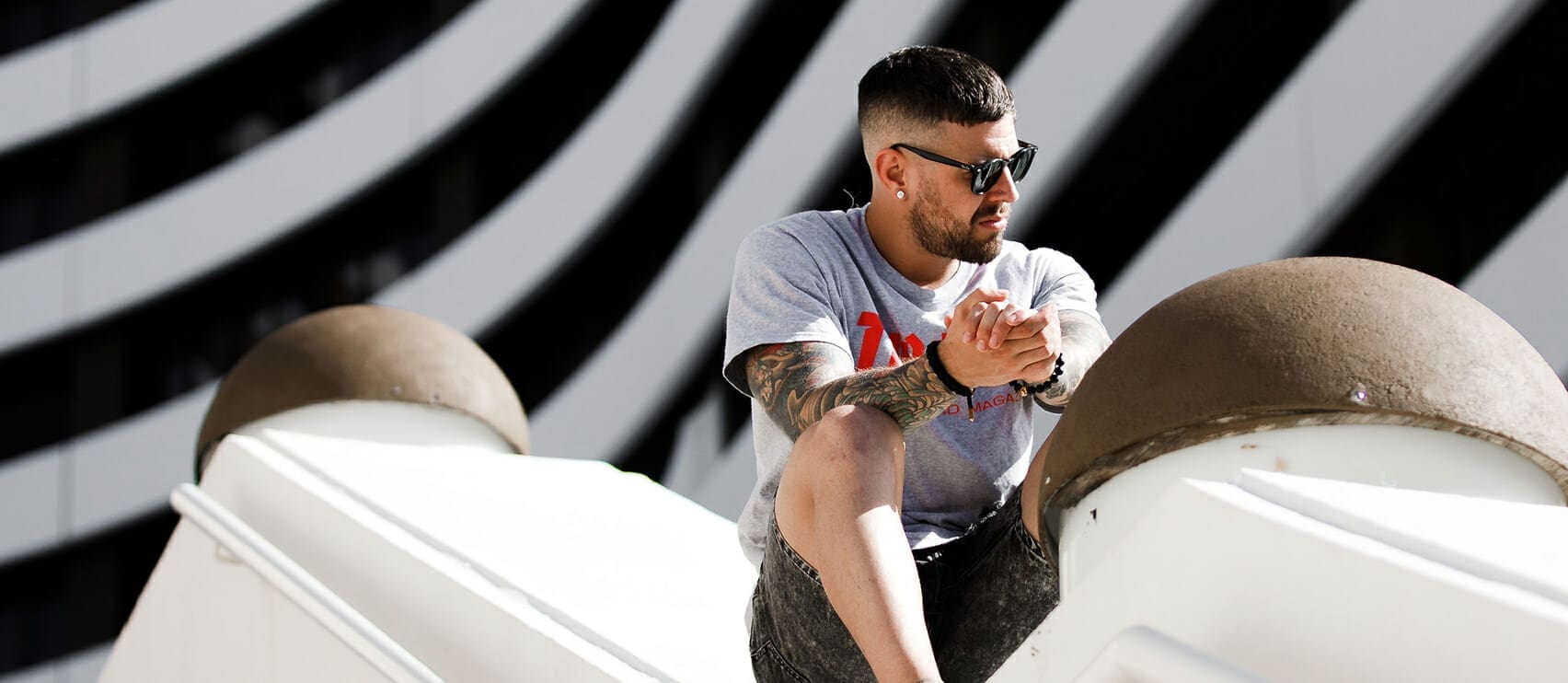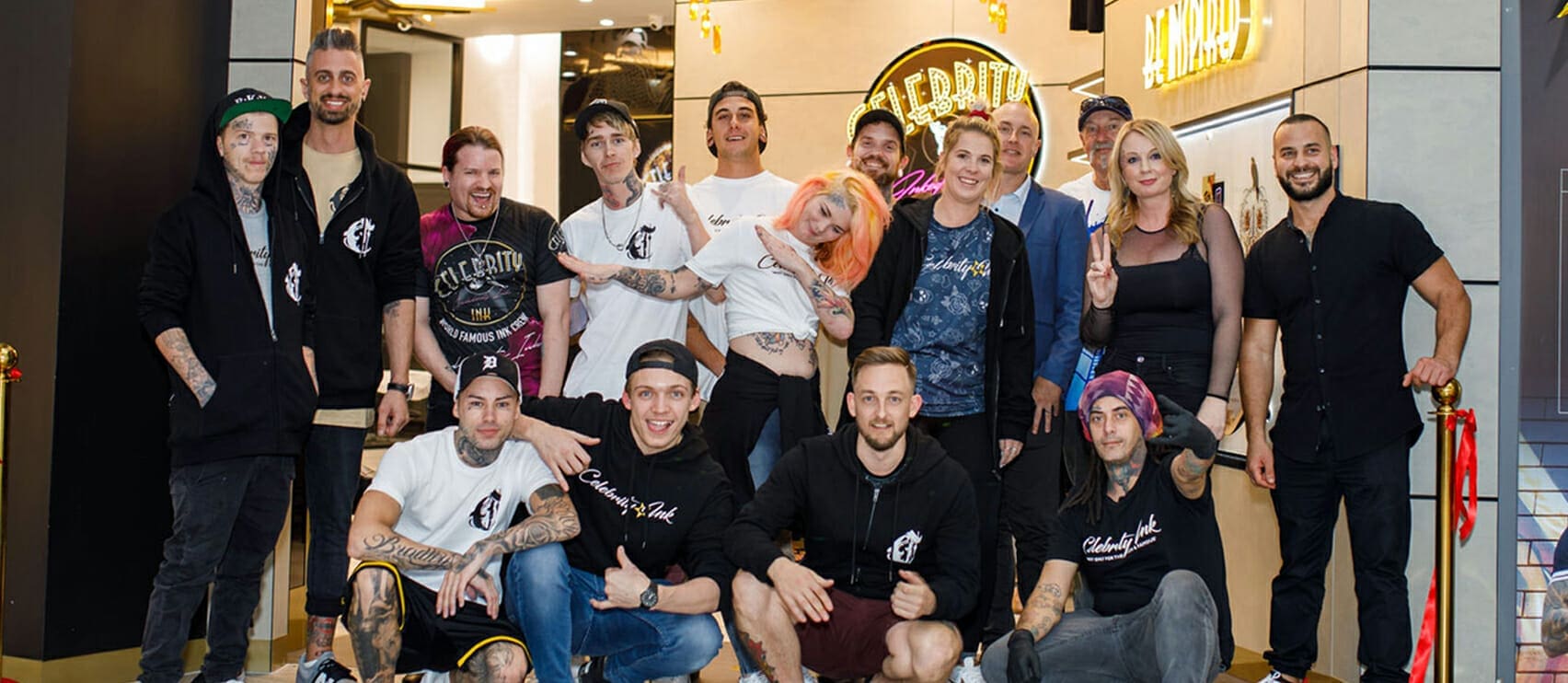Piercing bumps are often an unwelcome companion to the body art process and can be quite uncomfortable. These small, sometimes painful lumps around the piercing site are not only a cosmetic annoyance but can also signal underlying issues that need attention.
This article explores the root causes of these bumps, the different types of piercing bumps and how to get rid of a piercing bump. Whether you’re a piercing enthusiast or considering your first piece of body art, this article aims to be an invaluable source for navigating the complexities of piercing aftercare.
What Is A Piercing Bump?
Piercing bumps are small, tender bumps that develop around the opening of a piercing. They are most common among cartilage piercings and brand-new piercings. You can easily identify a piercing bump by its redness, irritation, soreness, swelling and general sensitivity. Sometimes, the bump may be accompanied by bruising or light bleeding.
So, why do people get piercing bumps? They occur as a result of your body trying to heal (close) the hole that has recently been created in your skin. There are three main types of piercing bumps to be aware of:
1. Irritation bump
This type of bump is exactly what it sounds like. An irritation bump results from your skin reacting to the piercing's irritation. Irritation bumps are small, swollen bumps that don’t last very long. They are usually triggered by a new piercing, too tight or loose jewellery, over or under-cleaning, or irritation from sleeping or putting pressure on the piercing.
2. Granuloma
Granulomas are small, red bumps that can appear around the piercing site, caused by an overgrowth of tissue in response to the piercing. These piercing bumps aren’t typically painful. However, they can become itchy and sensitive if you pick at them.
3. Keloid

Not to be confused with hypertrophic scars, keloids are thick, irregular scar tissues that grow beyond the boundary of the original piercing wound. Keloids are typically characterised by their lumpiness, itchiness and large size. These piercing bumps are usually permanent unless removed with surgery or other medical treatments.
Other types of piercing bumps include:
- Hypertrophic scarring: Like keloids, hypertrophic scars are raised scars that stay within the boundary of the piercing. They are not as severe as keloids and often improve with proper care or treatments.
- Pustules: Pustules are small, pus-filled bumps that can form around the piercing site. They are often a sign of infection and should be treated carefully. Proper hygiene and care, including cleaning with a saline solution, can help manage pustules.
- Infection-related bumps: Sometimes, a bump near a piercing is simply a sign of an infection that has not yet formed an abscess. These bumps can be red, warm and painful.
Treatment for Piercings Bumps

So, how can you treat these three most common piercing bumps?
1. Irritation bumps
For irritation bumps to heal, you have to remove whatever caused them in the first place.
The most common treatments for irritation bumps include:
- Change the jewellery: If you’ve had your piercing in for the recommended healing time and have an irritation bump, consider changing the jewellery. Many people are allergic to certain metals, so if you think the jewellery is causing the issue, consider changing the jewellery to something hypoallergenic.
- Clean your piercing: During the healing period, it’s important to clean your piercing twice to three times daily. Before cleaning the piercing, thoroughly wash your hands and then apply fragrance–free soap or your piercer’s recommended cleanser to clean your piercing and surrounding areas.
2. Granuloma
The majority of granulomas need treatment from a doctor to go away. Some treatments doctors use to remove granulomas include corticosteroid shots, cryotherapy or light therapy.
3. Keloid
Much like granulomas, a doctor has to be the one to remove a keloid. Treatment depends on the size and severity of your bump and includes laser therapy, corticosteroid shots, cryotherapy or surgery to remove the bump.
Minimising The Chance of a Piercing Bump

To minimise the chance of developing a bump after getting a piercing, it’s essential to follow proper aftercare and hygiene practices given to you by your piercer, including:
Keep the piercing clean
Ensure your hands, bedding, eyewear, clothes, and anything else that may come into contact with your piercing are clean.
Follow a healthy lifestyle
Eating healthy foods, drinking lots of water and maintaining a positive attitude will help the healing process.
Keep the piercing dry
Moisture can promote bacterial growth, so it’s essential to pat the area dry gently with a clean, disposable towel after cleaning or getting it wet.
Wear appropriate jewellery
Ensure the jewellery is made of a hypoallergenic material like titanium, surgical stainless steel or gold. Avoid materials that cause allergic reactions or irritation.
Sleeping habits
Try to avoid sleeping on the piercing. Pressure and friction from bedding can irritate the piercing site. Consider using a travel pillow to keep pressure off the area if your ear piercing is healing.
Some of the things you should avoid doing to minimise the chance of developing a piercing bump include:
- Avoid touching your piercing: Touching your piercing with dirty hands can introduce bacteria and lead to infection or bumps. Always wash your hands before touching the piercing for any reason.
- Don’t remove or change the jewellery too soon: Removing or changing the jewellery before the piercing is fully healed can irritate the piercing and lead to bumps. If you wish to remove the piercing or wear new jewellery, wait until the recommended healing time has passed.
Get Your Next Piercing at Celebrity Ink

Whether you’re getting your first piercing or adding to the collection, knowing the different types of piercing bumps and how you can treat them is important.
At Celebrity Ink, we specialise in a range of piercings, from simple lobe piercings to more advanced piercings such as dermal piercings. We pride ourselves on using only the highest-quality jewellery to minimise the risk of infection and provide you with detailed aftercare instructions to lower the risk of piercing bumps forming.
If you’re considering getting a piercing, book a consultation at your nearest Celebrity Ink studio to discuss your options.

